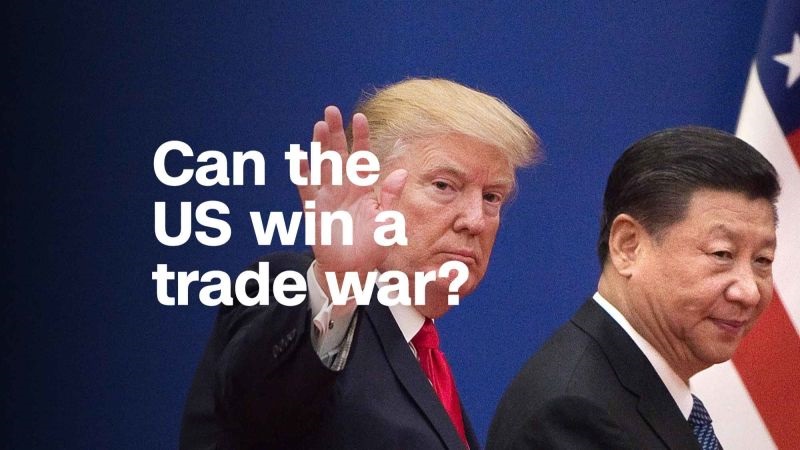
In January, President Donald Trump declared trade war on China. It gives no pleasure to report that China is winning. But the evidence is inescapable, ‘The Washington Post’ notes.
You can see it in the economic numbers: China’s economy grew by an average of 5.3 percent in the first half of the year, America’s by only 1.25 percent. You can see it, too, in Trump’s failure to wring significant concessions from Beijing. Though most countries have acquiesced to U.S. trade bullying, China has not. In April, Trump hiked U.S. tariffs on Chinese goods to 145 percent. China retaliated with 125 percent tariffs on U.S. goods. Then President Xi Jinping ramped up the pressure by restricting exports of rare earth metals to the United States, which threatens to halt production of cars, fighter jets and other products.
Make sense of the latest news and debates with our daily newsletter
Trump had to back down, agreeing to cut U.S. tariffs on Chinese goods to 30 percent, while Chinese tariffs on U.S. goods were reduced to 10 percent. Tariffs remain frozen at those levels despite several rounds of Washington-Beijing talks. Trump tried to market this agreement as a “historic trade win,” but it was simply a truce. It did nothing to address long-standing U.S. complaints about China’s dumping of products on the world market, theft of intellectual property and other offenses.
While conciliating Beijing, Trump has been alienating U.S. allies in the Asia-Pacific region with his capricious tariff threats. The latest to suffer is India, a key U.S. partner in confronting China. Trump announced Wednesday that he was hitting India with 25 percent tariffs, to be followed by additional sanctions to punish India for buying oil and gas from Russia. It makes sense to pressure India to reduce its economic relationship with Russia, but these blunderbuss tariffs threaten to undo decades of efforts by American administrations, including the first Trump administration, to draw India into the U.S. orbit. Now there are signs of a reconciliation between New Delhi and Beijing.
More broadly, Trump is helping China with his cutbacks to U.S. diplomacy, foreign aid and investment in scientific research. Secretary of State Marco Rubio has even fired the State Department staffers who coordinated the diplomatic response to China’s aggression in the South China Sea.
Trump’s attempts to close down Voice of America are another gift to Beijing. From Indonesia to Nigeria, Chinese state media is filling the vacuum left behind by VOA. Trump’s decision to walk away from the World Health Organization and UNESCO has also opened the door for China to increase its influence in those international organizations.
Then there are Trump’s plans to cut federal support for scientific research by more than 30 percent while making it harder for foreign students to attend universities in the United States. This comes as China is pouring additional billions into cutting-edge research and development. China already leads the United States in most frontier technologies, including batteries, solar panels, electric vehicles, drones, advanced optical communication systems, machine learning and high-performance computing. Trump’s tariffs will do nothing to reverse these trends, while his cutbacks to R&D spending and restrictions on foreign students will only accelerate them.
China’s Achilles’ heel has long been the fear it engenders with its aggressive behavior and lack of respect for other nations. Now, America is acting a lot like China and paying the price in global opinion. The Pew Research Center, in a recent survey of 24 nations, found that “views of the U.S. have turned significantly more negative over the past year, while views of China have turned slightly more positive.” In the high-income countries surveyed, 32 percent now have a favorable view of China, compared with 35 percent holding a favorable view of the United States. For those of us accustomed to thinking of America as the good guy, that’s a shocking convergence.
read more in our Telegram-channel https://t.me/The_International_Affairs

 10:39 10.08.2025 •
10:39 10.08.2025 •






















